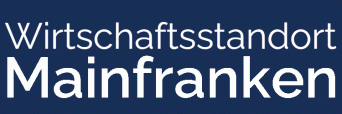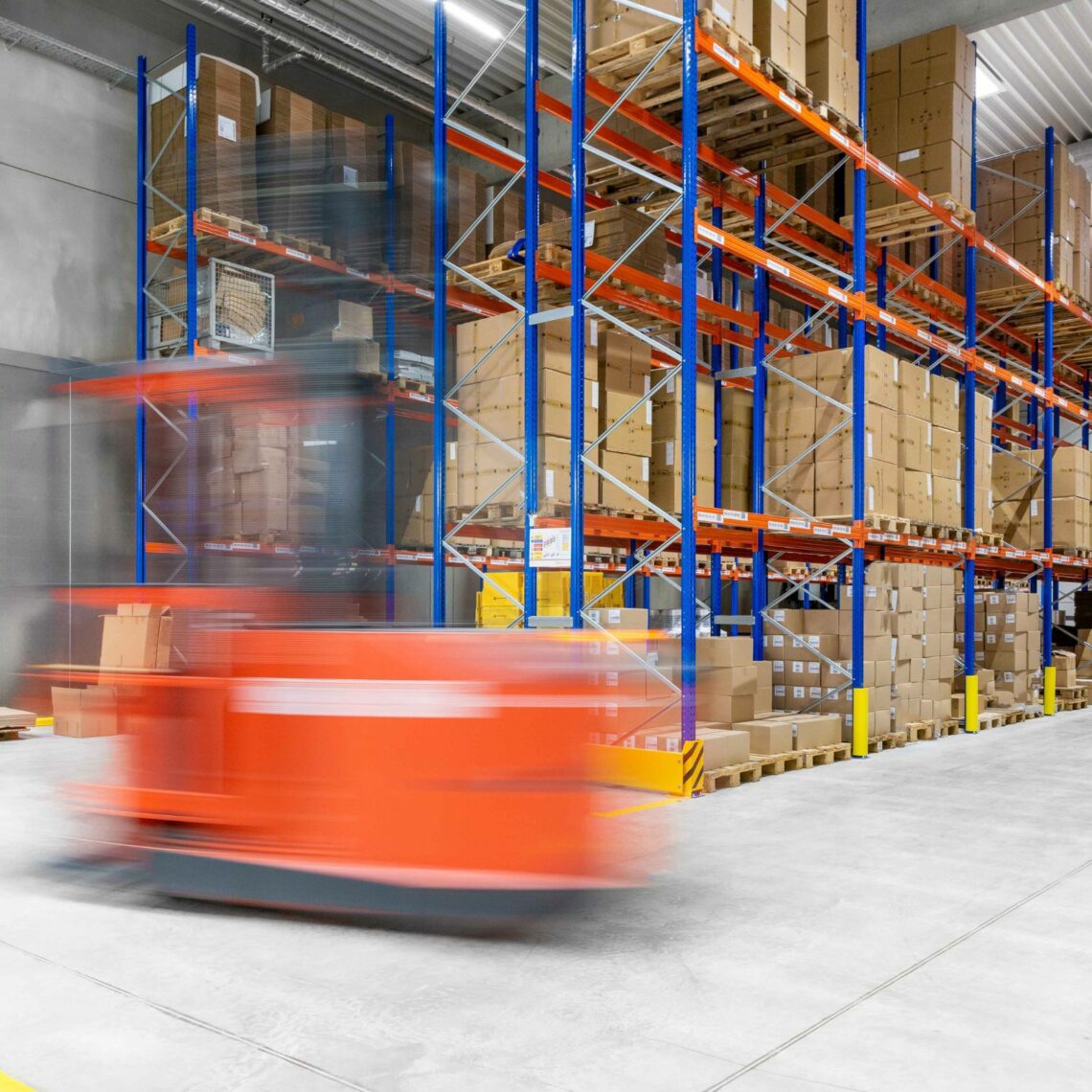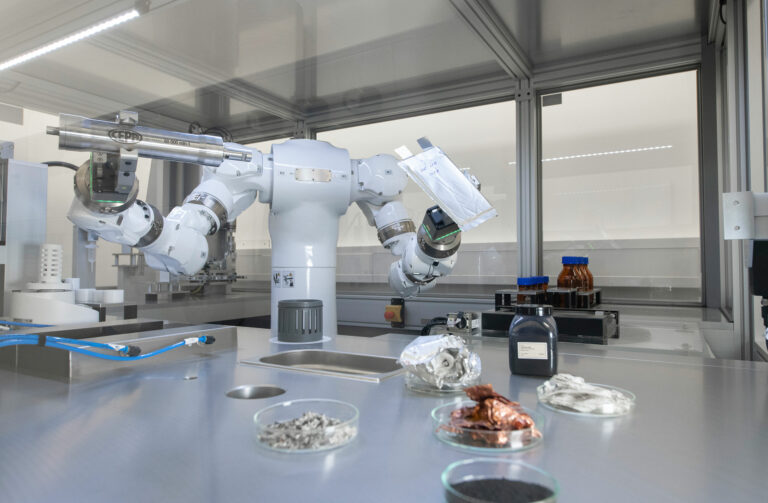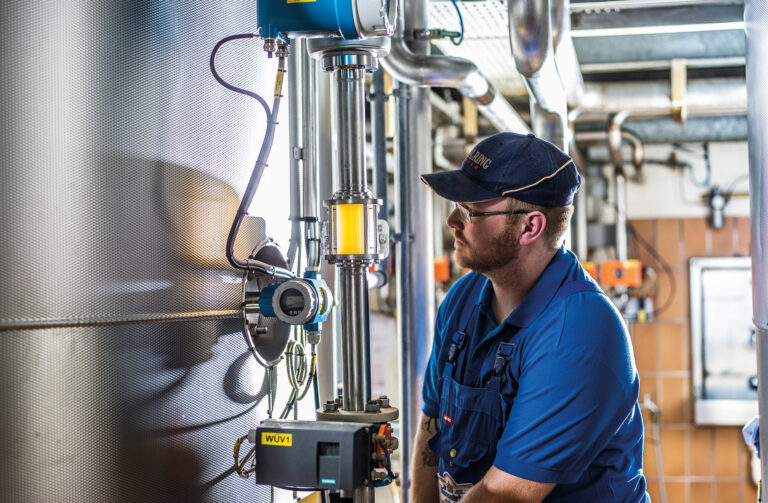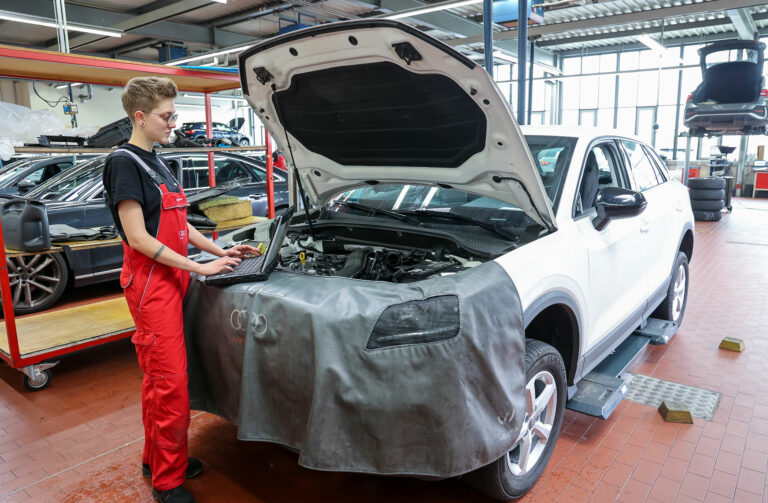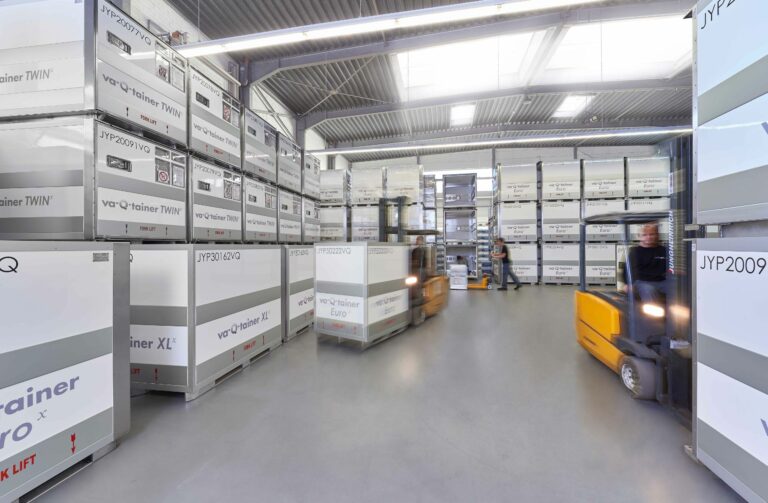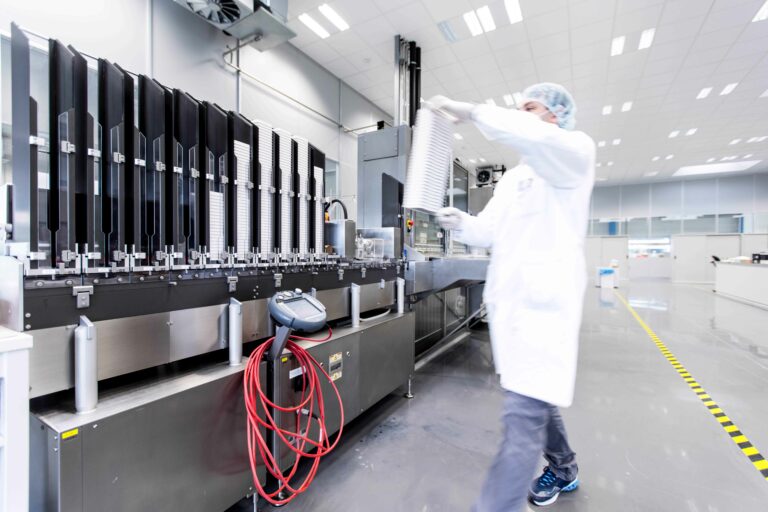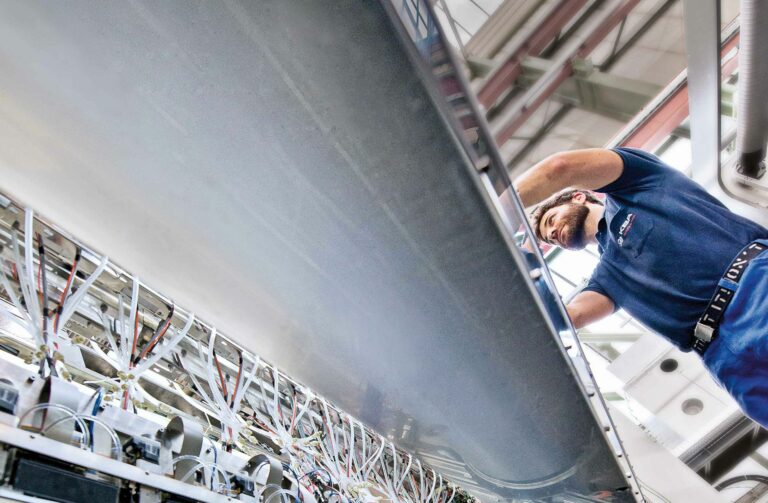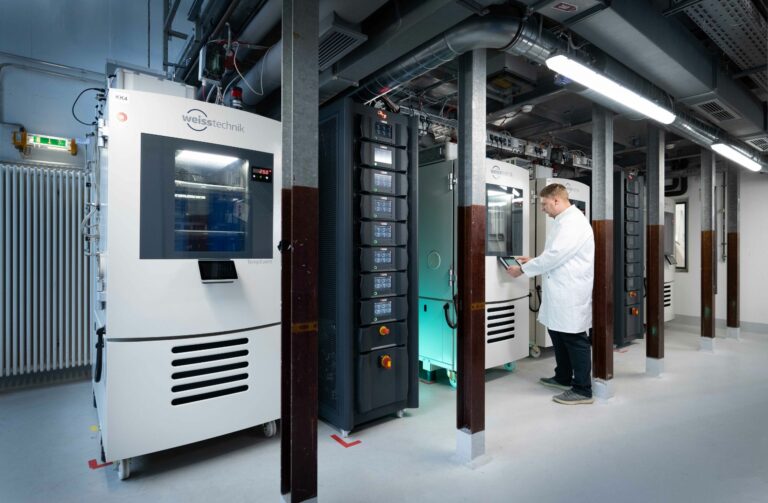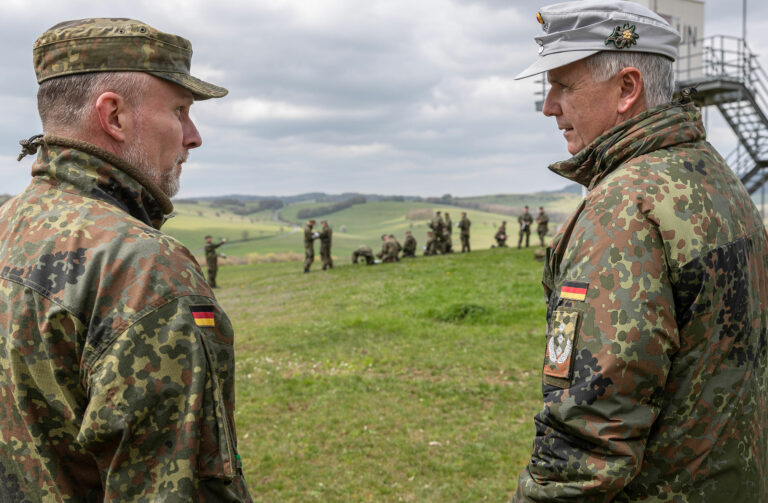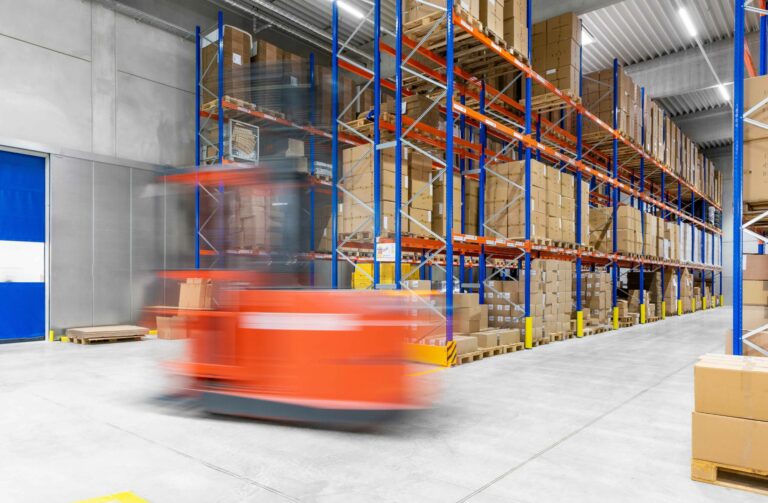It’s all about the mix: pioneering logistics in a changing economic world
What do the following three dates have in common: 11 September 2001, 27 January 2020 and 24 February 2022? All three dates are associated with events that, to this day, have fundamentally changed the world as we knew it. They are the dates of the attack on the Twin Towers in New York, the first official Covid-19 case in Germany and the start of Russia’s war of aggression against neighbouring Ukraine. This upheaval, now referred to as a “turning point in history”, has also presented Main Franconia with new challenges.
With a population of almost one million (2021), an area of around 7,000 square kilometres and a purchasing power of 23.7 billion euros in 2022, the region is an important economic building block in the centre of Germany. Not only do the “Big Three” – ZF, SKF and Schaeffler – have globally important locations here, but also many other well-known employers such as Brose, Bosch-Rexroth, Preh, Südzucker, Warema or Winora. Traffic and transport logistics play a significant role in the context of the outlined situation of dramatic changes, a role that is not infrequently underestimated by political and business decision-makers. It is important because, as the “lubricant” of the manufacturing industry, professional logistics on land, at sea and in the air guarantees uninterrupted, affordable supply chains and thus ultimately economic prosperity in the long term.
In light of this, the question of the state of resilience of logistics in Main Franconia at this turning point in history, is all the more pertinent. The geographical, transport and human resources conditions are particularly positive:
- Main Franconia’s central location on the north-south axis to the German seaports, supported by its own combined transport terminal in Schweinfurt with international container and heavy goods transport with connections to the seaports of Hamburg, Bremen and the western ports;
- Successful logistics service companies such as the owner-managed Geis, Pabst or Schäflein freight forwarders, which are increasingly offering high-end contract logistics solutions for industry in addition to classic transport;
- The traditional inland waterway transport on the Main, with its significant potential to compensate for increasing road and rail bottlenecks during the climate transition (keywords: coal and heavy goods transport);
- Two large Main Franconian airfields in Giebelstadt and Haßfurt-Schweinfurt, through which regional companies have direct flight connections to their global business partners;
- An almost constantly low unemployment rate, which currently stands at around 2.6% for Main Franconia, which is only about half the German average;
- And last but not least the two university locations of Würzburg and Schweinfurt, where the University of Applied Sciences in Schweinfurt provides qualified young logistics managers with two specialised bachelor’s degree programmes in German and English.
Looking ahead, Main Franconia is also developing more and more into a centre of excellence for services. Despite economic uncertainties, for example, the region has been characterised for years by an unrestrained start-up dynamic and associated net growth of around 7,000 companies in the last decade – above all in trade and commercial services. Freight forwarding companiesare investing more in the logistics site – for instance, the Geis Group has built a second logistics centre in Gochsheim for 18 million euros and Schäflein is planning an industrial and service centre with 175 new jobs in Gerholzhofen. In addition, the Federal Transport Infrastructure Plan 2030 provides for the capacity increase of rail freight between Fulda and Nuremberg by adding to the signal blocks between Burgsinn, Gemünden, Würzburg and Siegelsdorf and expanding it to three tracks between Siegelsdorf and Fürth.
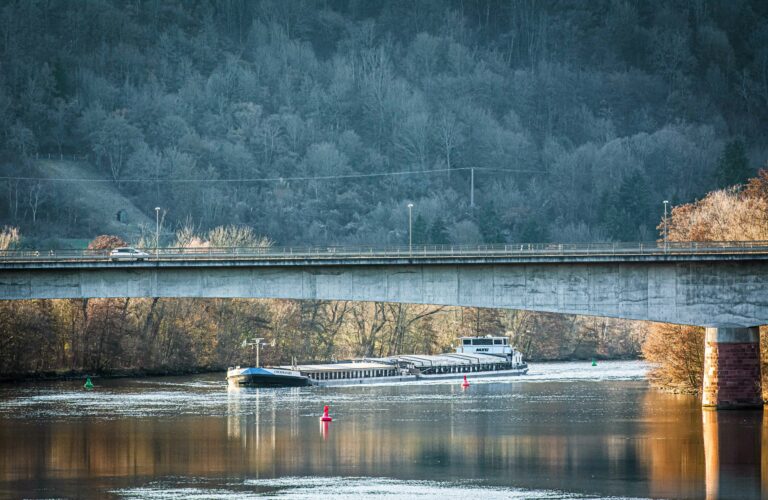
The often neglected potential of inland waterway transport will (have to) play a more significant role in regional and supra-regional transport chains, as land-based road and rail service providers are increasingly reaching their limits. This makes the planned investments according to the Federal Transport Infrastructure Plan to eliminate the bottlenecks due to the poor quality of an obsolete lock infrastructure on the Main Franconian waterways all the more important.
Conclusion: The conditions for Main Franconia are good – but ultimately it will be important to use this turning point in history as an opportunity to adapt the mix and interaction of modes of transport to the current and future challenges.
Header picture: Pioneering logistics also includes digitalised central warehouses, such as here at P.A.C. in Schweinfurt Photo: P.A.C
